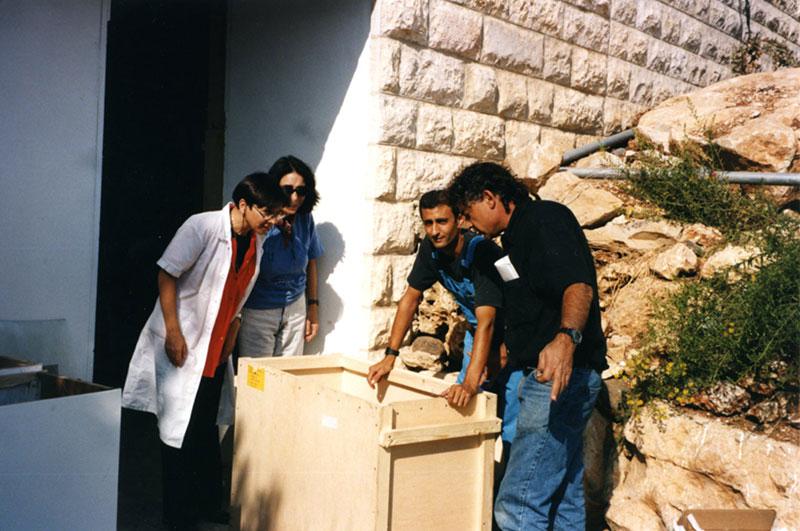
Left to right: Haviva Peled-Carmeli, Director of the Artifacts Department; Yehudit Inbar, Director of the Museums Division

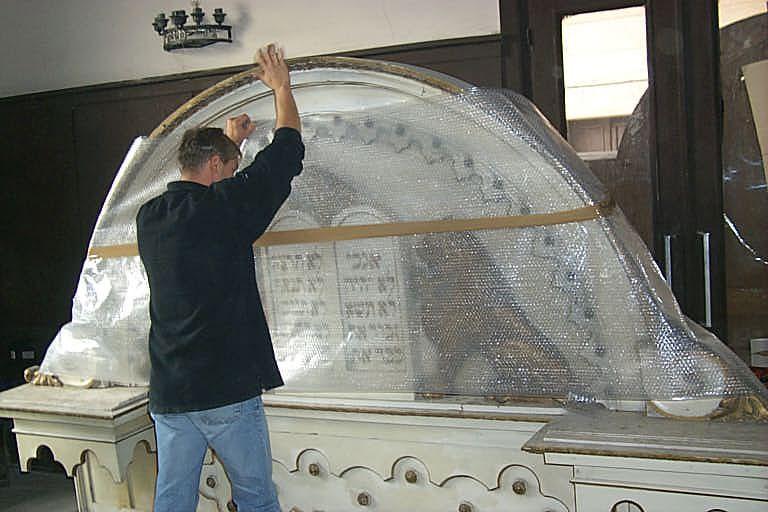

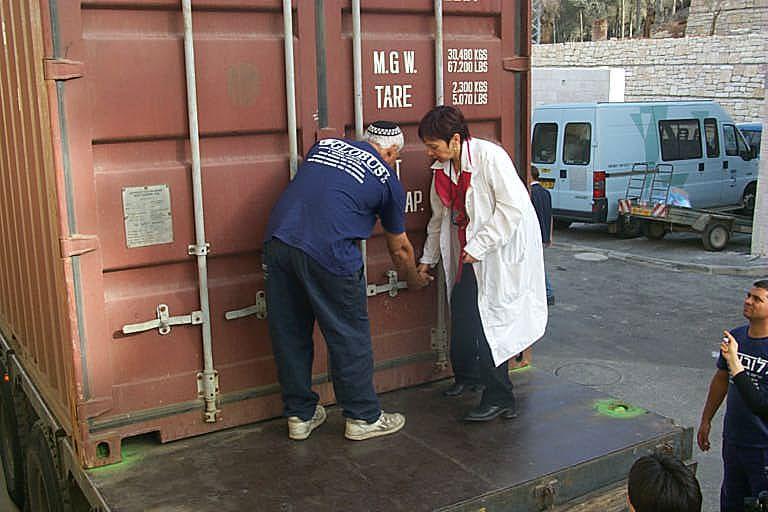

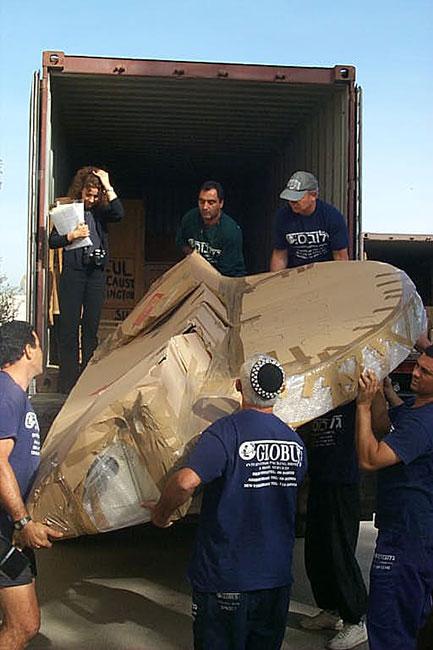

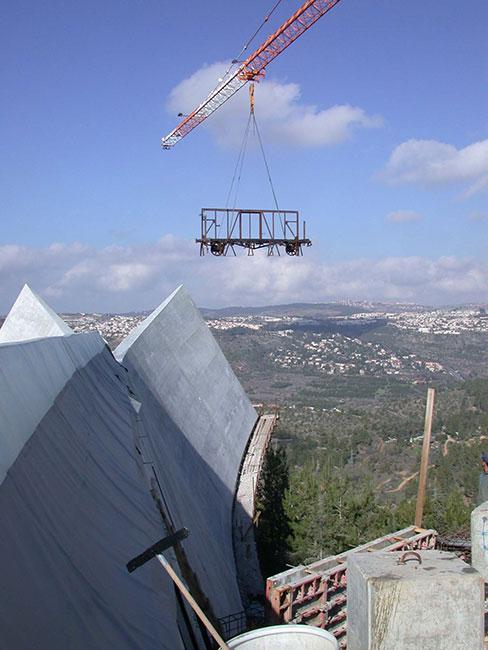

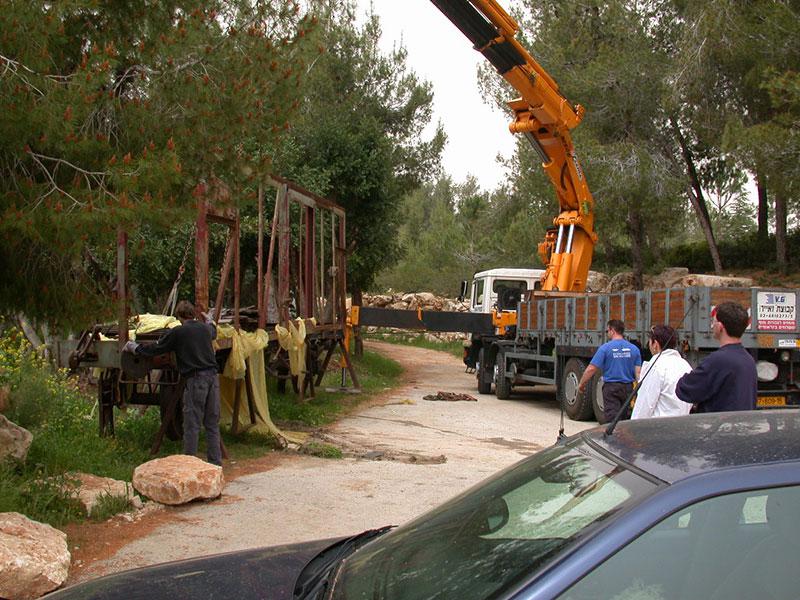

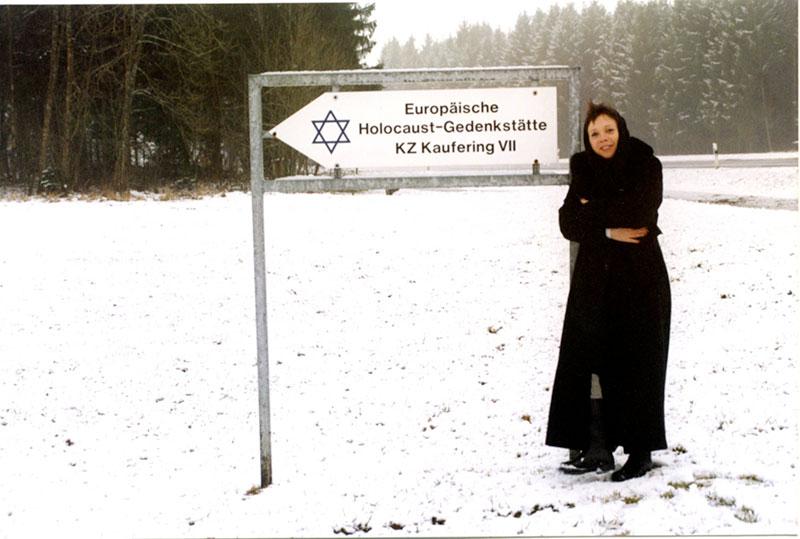

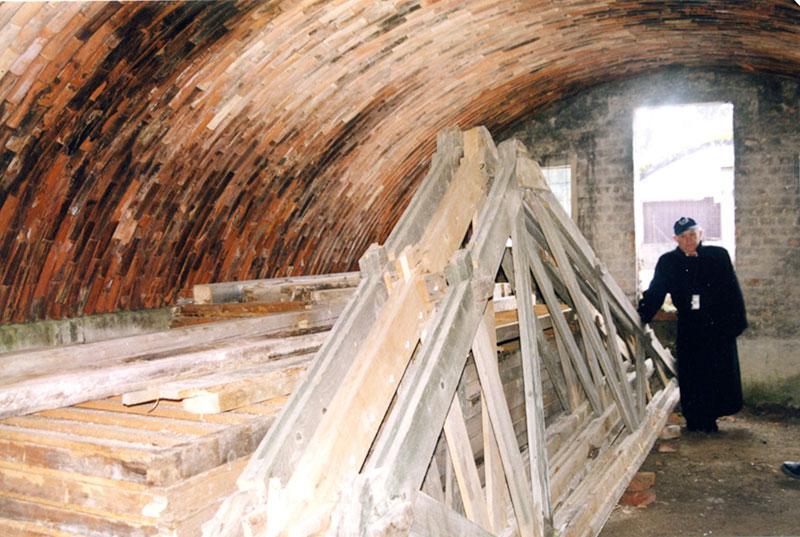

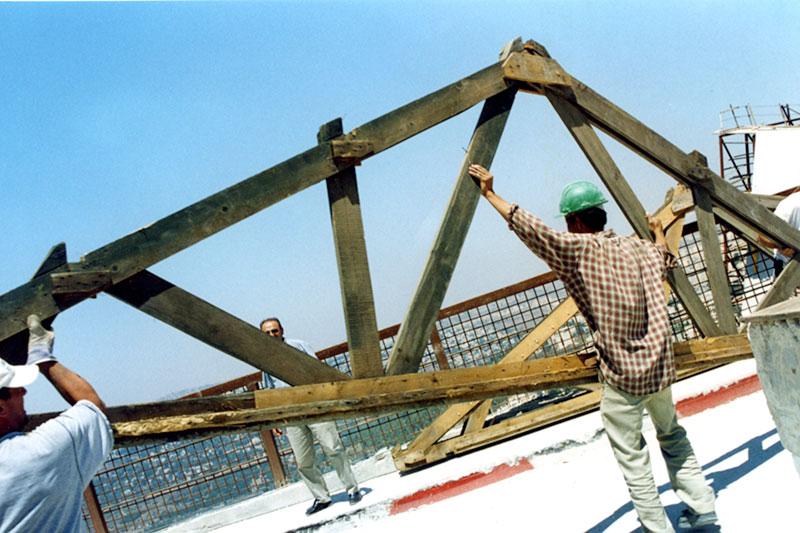

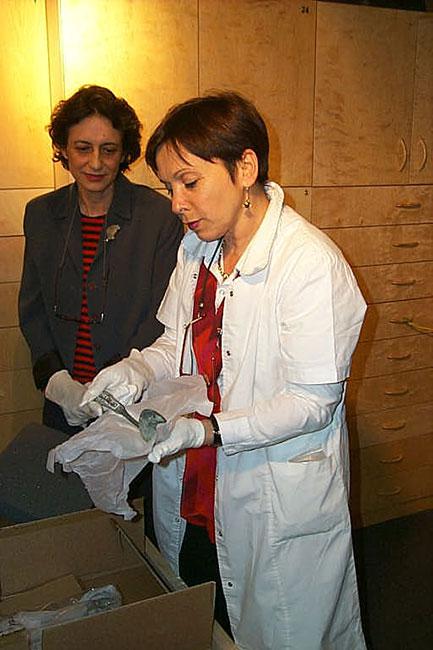
Yad Vashem, May 2001

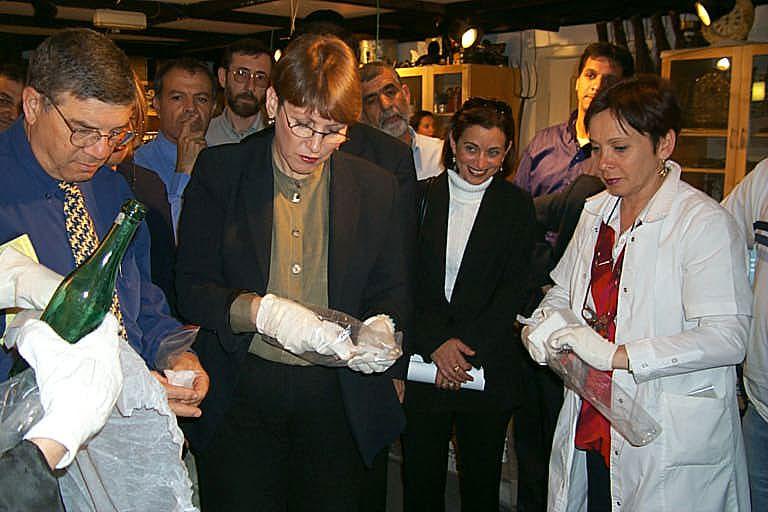
for display in the new Holocaust History Museum. May 2001

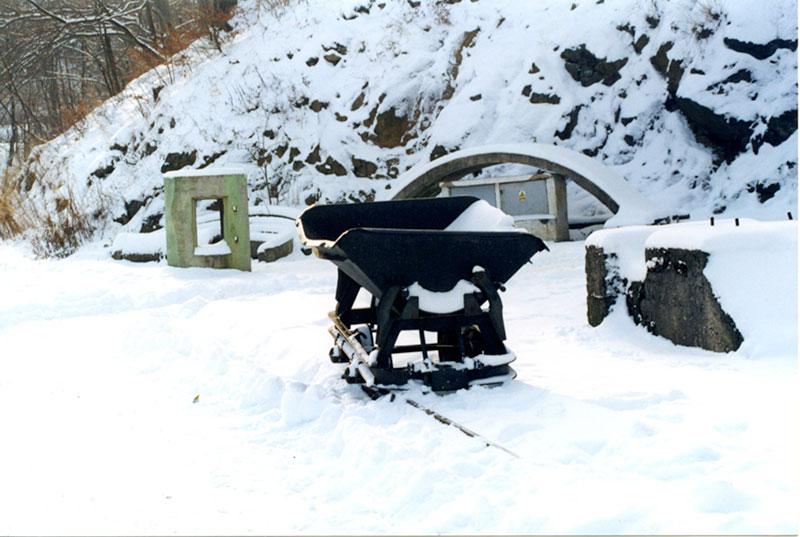

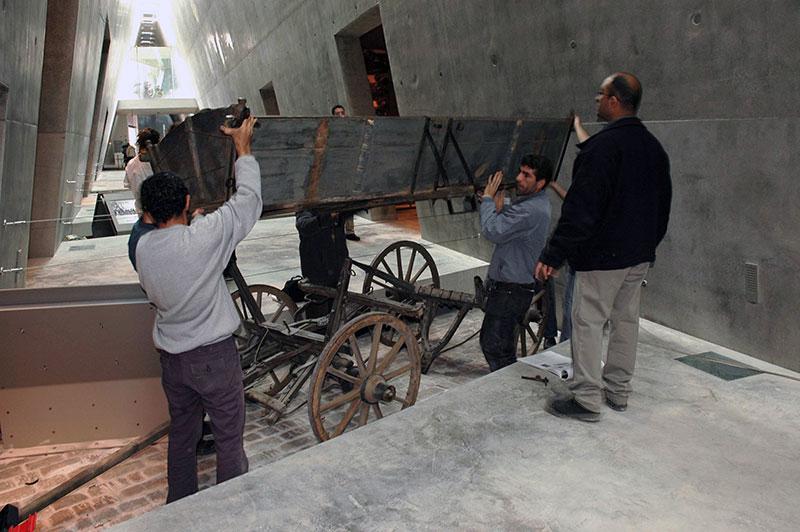

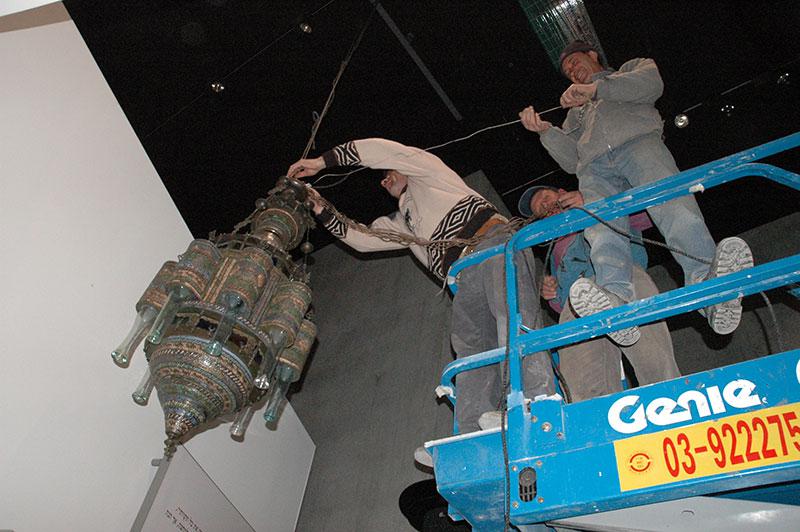

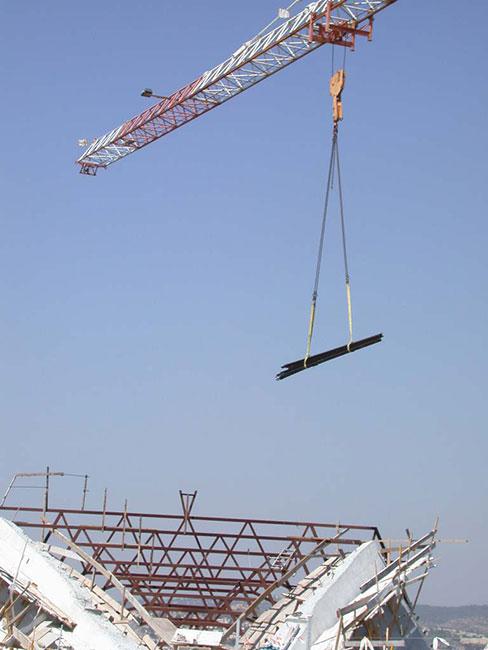

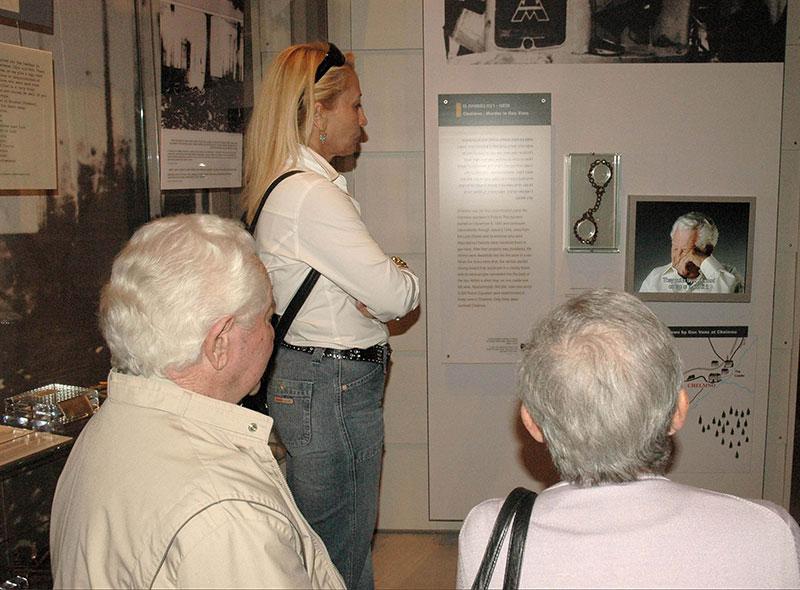

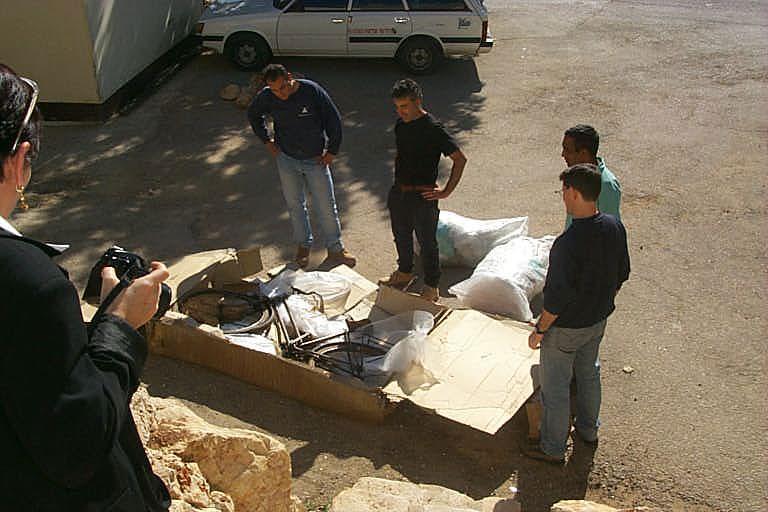

Sunday to Thursday: 09:00-17:00
Fridays and Holiday eves: 09:00-14:00
Yad Vashem is closed on Saturdays and all Jewish Holidays.
Entrance to the Holocaust History Museum is not permitted for children under the age of 10. Babies in strollers or carriers will not be permitted to enter.

Left to right: Haviva Peled-Carmeli, Director of the Artifacts Department; Yehudit Inbar, Director of the Museums Division


















Yad Vashem, May 2001


for display in the new Holocaust History Museum. May 2001












